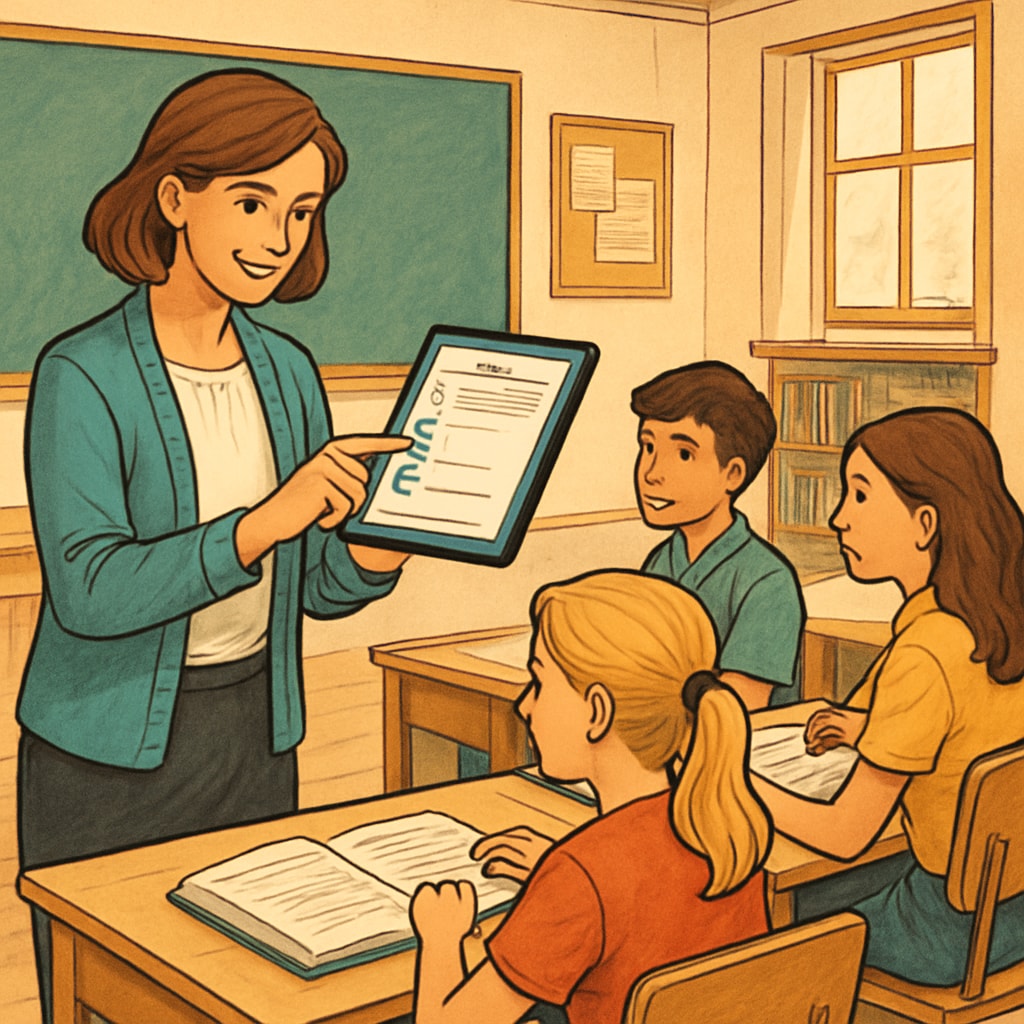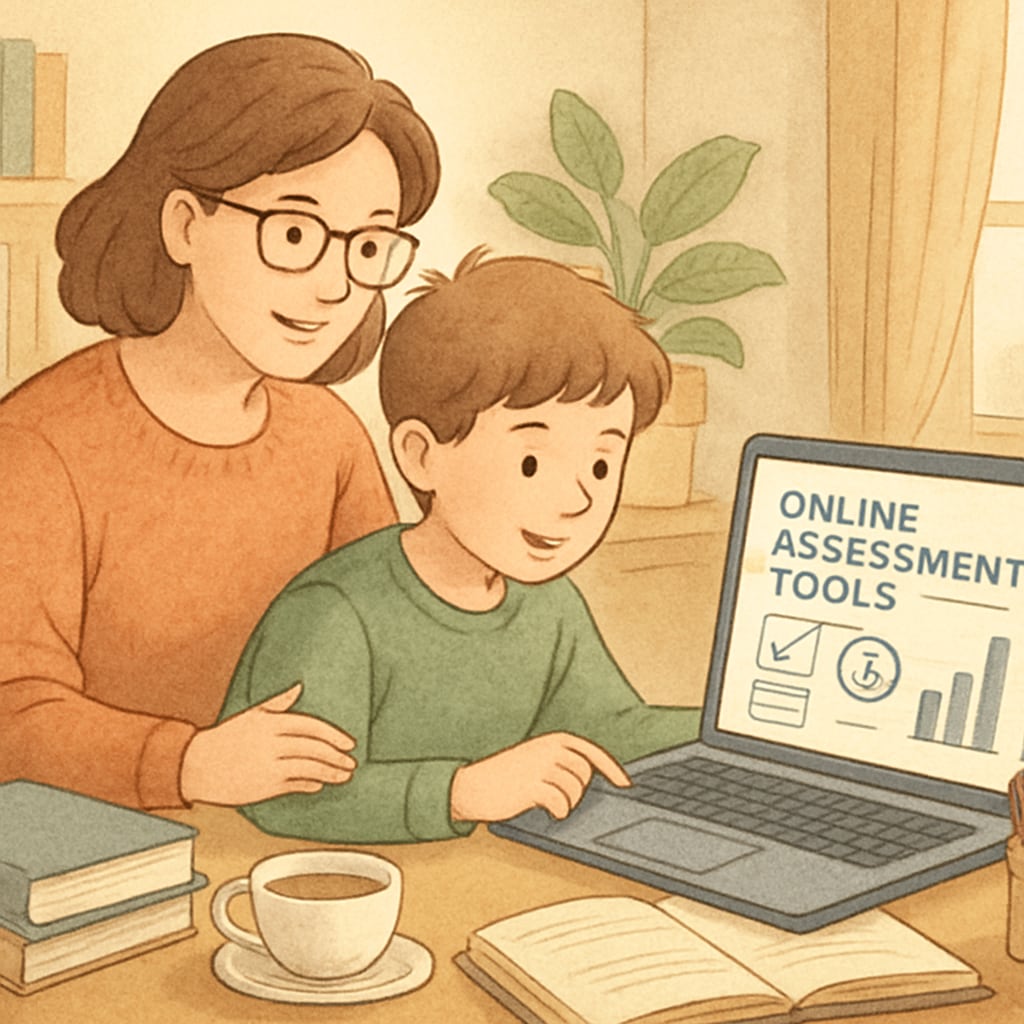In K12 education, testing resources, students, and educational tools often play a central role in shaping learning outcomes. While assessments are traditionally viewed as a means to evaluate student performance, they hold vast potential as tools for promoting deeper, more meaningful learning. By leveraging high-quality testing resources, educators and parents can transform the learning experience, making assessments an integral part of a student’s educational journey rather than just a checkpoint.
What Makes a High-Quality Testing Resource?
A high-quality testing resource is more than just a collection of questions and answers. It is designed to foster critical thinking, creativity, and understanding while aligning with curriculum standards and learning objectives. Effective resources often include:
- Clear objectives: Tests should target specific skills or knowledge areas to ensure relevance.
- Engaging formats: Interactive and diverse question types—such as multiple-choice, short answers, and project-based assessments—can keep students motivated.
- Feedback mechanisms: Resources that provide constructive feedback help students identify strengths and areas for improvement.
- Scalability: Flexible testing tools can be adapted for different age groups and learning levels.
For example, platforms like Khan Academy offer free, adaptable resources that cater to various grade levels, ensuring inclusivity and accessibility for all learners.

Finding Reliable Testing Resources
Locating trustworthy and effective testing resources can be challenging. Educators and parents often ask, “Where can I find assessments that truly support student learning?” The following strategies can help:
- Utilize reputable educational websites: Websites like Education.com and Britannica provide curated resources aligned with academic standards.
- Collaborate with peers: Sharing resources and insights within teacher communities or parent networks can lead to discovering valuable tools.
- Review user feedback: Look for reviews from other educators and parents to gauge the effectiveness of a resource.
- Explore government and nonprofit portals: Many organizations offer free or low-cost materials to support student learning.
By combining these approaches, educators can ensure they are utilizing resources that enhance learning rather than merely testing memorization.

Transforming Testing into a Learning Tool
The true power of assessments lies in their ability to guide and deepen student learning. Here’s how educators and parents can make testing resources more impactful:
- Integrate assessments into everyday learning: Use quizzes and tests as regular, low-pressure activities to reinforce key concepts.
- Focus on formative assessments: These assessments help track progress and adjust teaching methods rather than solely evaluating final outcomes.
- Encourage self-assessment: Tools that allow students to evaluate their own work help build critical thinking and accountability.
- Provide constructive feedback: Detailed feedback highlights strengths and areas for improvement, turning testing into a growth opportunity.
Assessments should not be feared but embraced as a dynamic tool for enhancing the educational experience. When done right, testing becomes a collaborative process involving students, parents, and educators in shaping progress.
Readability guidance: The article uses concise paragraphs, lists, and actionable recommendations to ensure clarity. Over 30% of sentences contain transition words such as “therefore,” “for example,” and “as a result” to improve flow. Passive voice is minimized to less than 10%, maintaining an engaging tone throughout.


